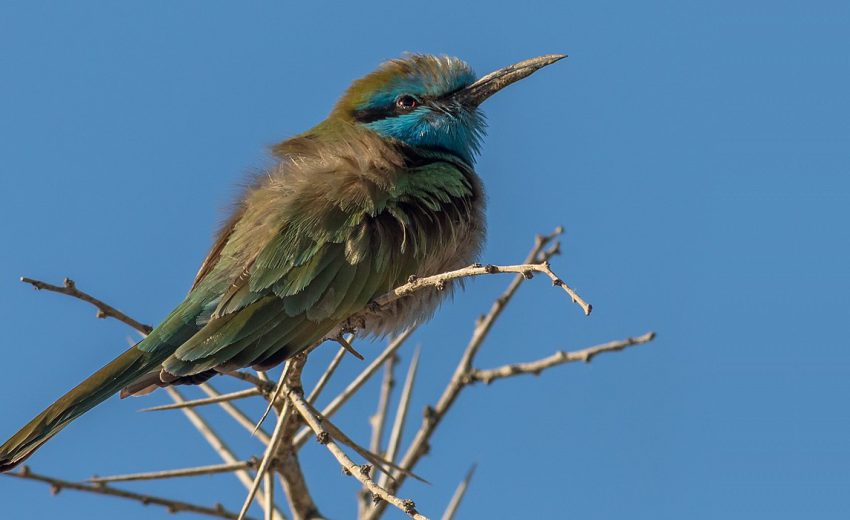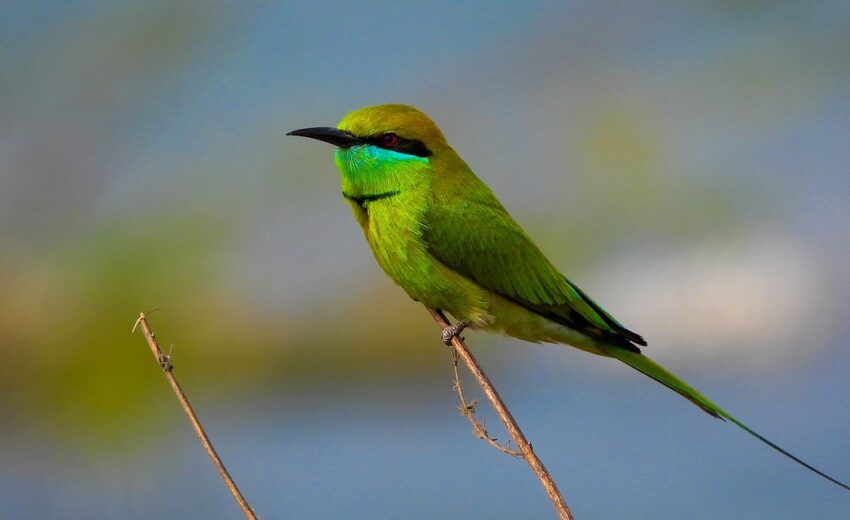The Arabian green bee-eater, aka little green bee-eater or green bee-eater, can be found throughout Egypt, Israel, Jordan, Oman, Palestine, Saudi Arabia, United Arab Emirates, and Yemen. These beautiful birds can be grouped into
- Zoology
- Daily Critter Facts
- For Teachers
- Study Guides
- Animal Diseases & Parasites
- Contact


